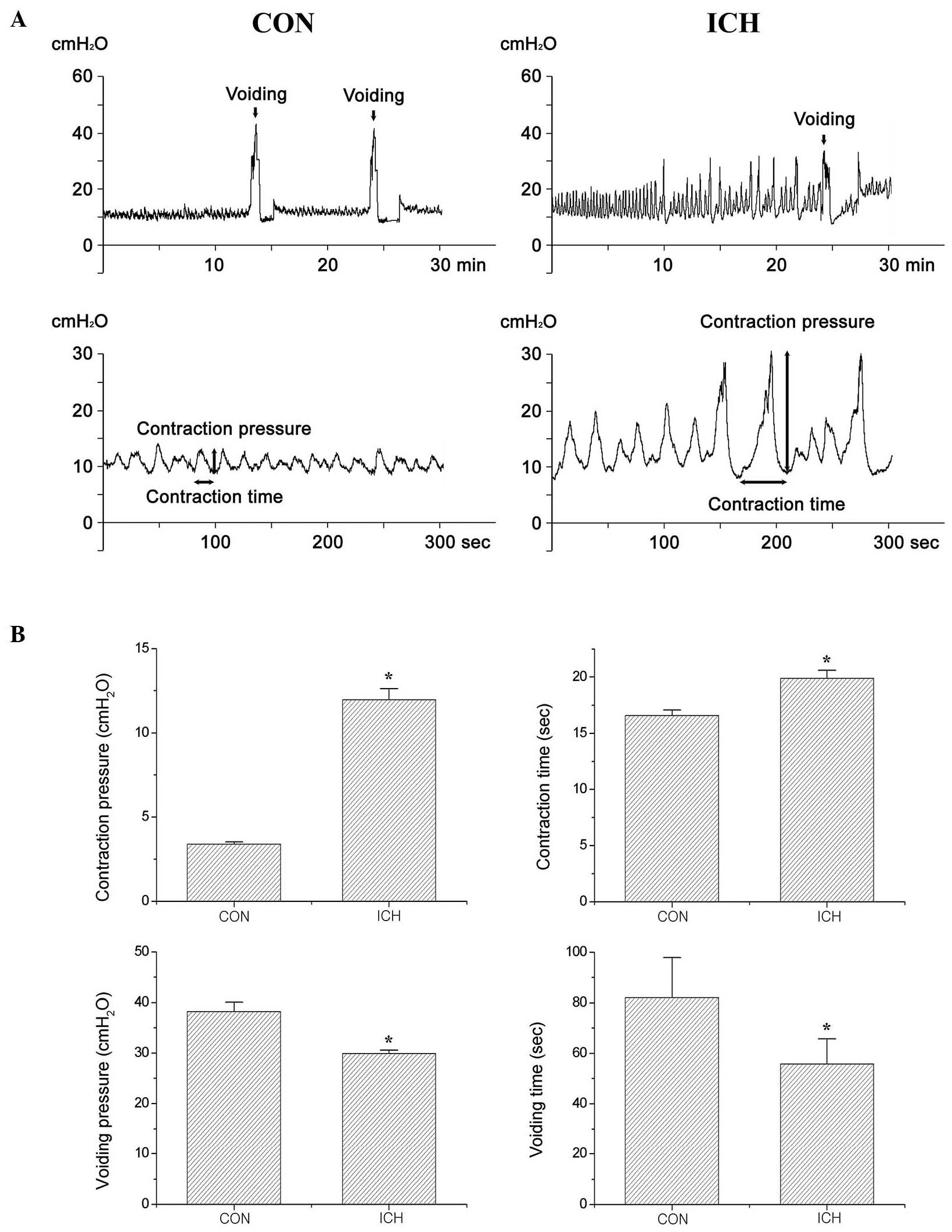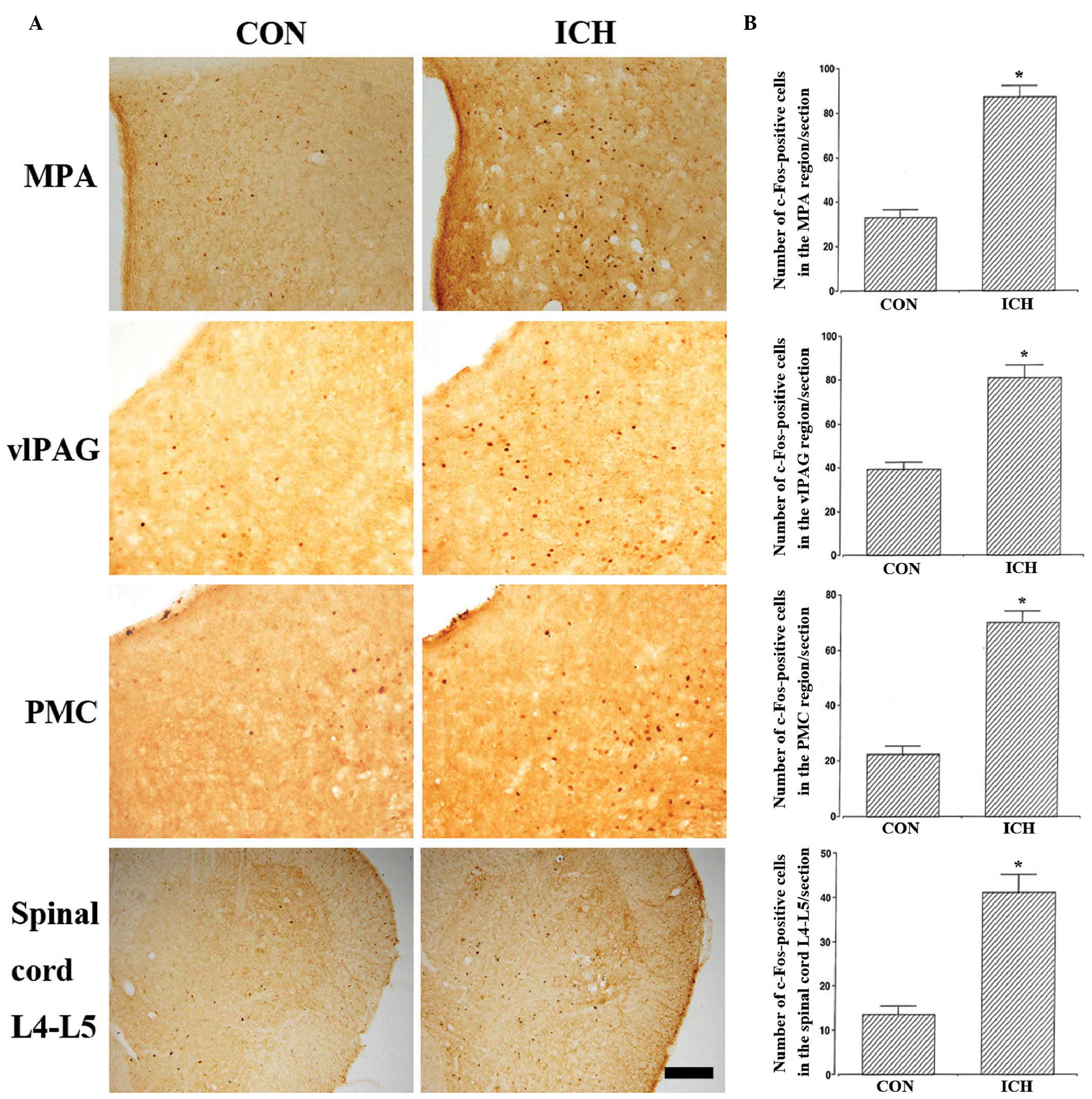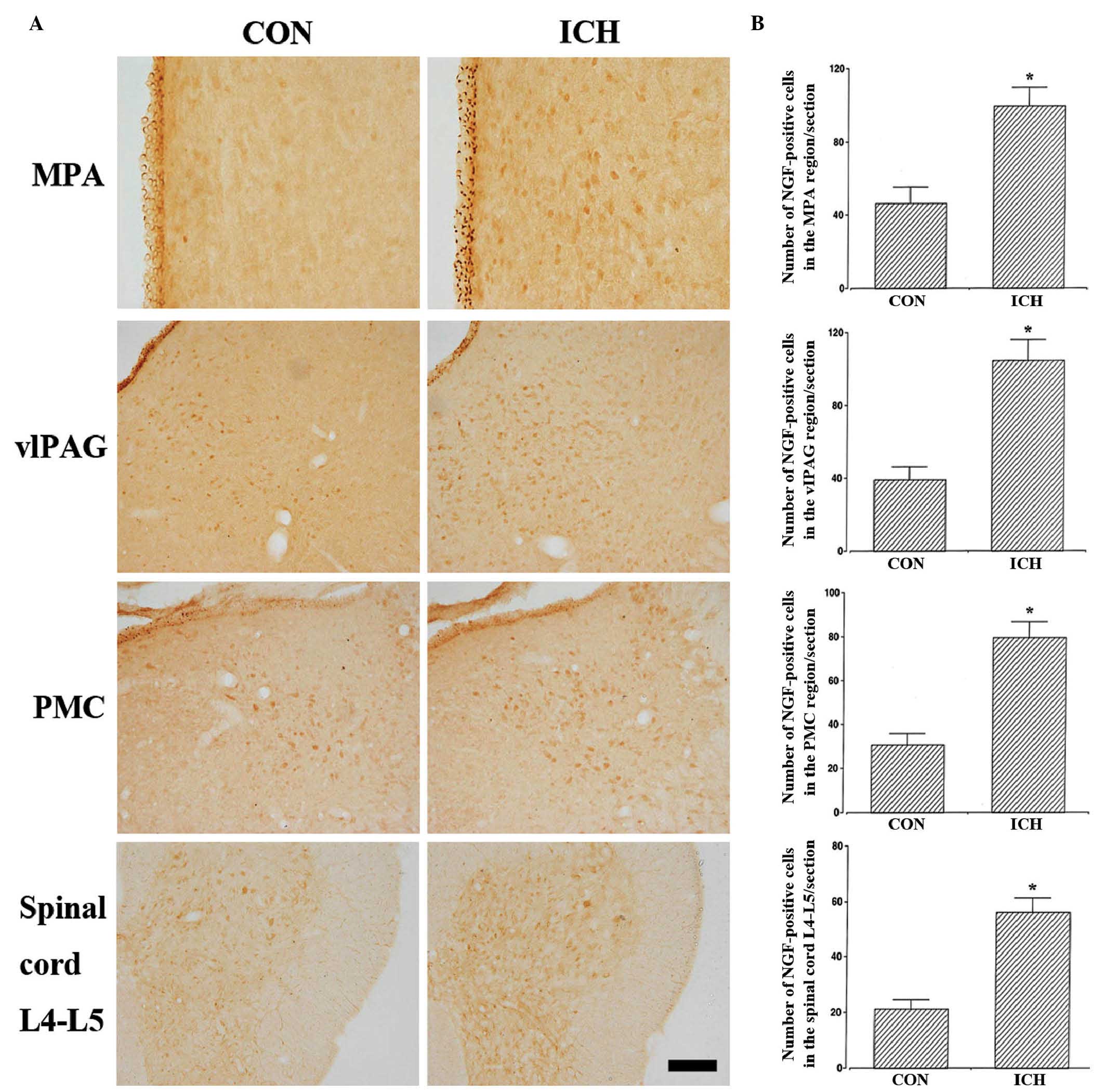|
1
|
Burney TL, Senapati M, Desai S, Choudhary
ST and Badlani GH: Acute cerebrovascular accident and lower urinary
tract dysfunction: a prospective correlation of the site of brain
injury with urodynamic findings. J Urol. 156:1748–1750. 1996.
View Article : Google Scholar : PubMed/NCBI
|
|
2
|
Nakayama H, Jørgensen HS, Pedersen PM,
Raaschou HO and Olsen TS: Prevalence and risk factors of
incontinence after stroke. The Copenhagen Stroke Study. Stroke.
28:58–62. 1997. View Article : Google Scholar : PubMed/NCBI
|
|
3
|
Kong KH and Young S: Incidence and outcome
of poststroke urinary retention: A prospective study. Arch Phys Med
Rehabil. 81:1464–1467. 2000. View Article : Google Scholar : PubMed/NCBI
|
|
4
|
Fry CH, Daneshgari F, Thor K, et al:
Animal models and their use in understanding lower urinary tract
dysfunction. Neurourol Urodyn. 29:603–608. 2010. View Article : Google Scholar : PubMed/NCBI
|
|
5
|
Kajbafzadeh AM, Mohammadinejad P, Hojjat
A, et al: The timing of established detrusor hyperreflexia in a rat
model of neuropathic bladder. J Surg Res. 178:346–351. 2012.
View Article : Google Scholar : PubMed/NCBI
|
|
6
|
Ozsoy O, Ozsoy U, Stein G, et al:
Functional deficits and morphological changes in the neurogenic
bladder match the severity of spinal cord compression. Restor
Neurol Neurosci. 30:363–381. 2012.PubMed/NCBI
|
|
7
|
Kitta T, Kakizaki H, Tanaka H, et al: An
alpha-amino-3-hydrox y-5-methyl-4-isoxazolepropionate
glutamate-receptor antagonist can inhibit premicturition
contractions in rats with bladder outlet obstruction. BJU Int.
100:181–186. 2007. View Article : Google Scholar : PubMed/NCBI
|
|
8
|
Juszczak K, Gil K, Wyczolkowski M and Thor
PJ: Functional, histological structure and mastocytes alterations
in rat urinary bladders following acute and [corrected] chronic
cyclophosphamide treatment. J Physiol Pharmacol. 61:477–482.
2010.PubMed/NCBI
|
|
9
|
Ohnishi M, Katsuki H, Fujimoto S, et al:
Involvement of thrombin and mitogen-activated protein kinase
pathways in hemorrhagic brain injury. Exp Neurol. 206:43–52. 2007.
View Article : Google Scholar : PubMed/NCBI
|
|
10
|
Ohnishi M, Katsuki H, Fukutomi C, et al:
HMGB1 inhibitor glycyrrhizin attenuates intracerebral
hemorrhage-induced injury in rats. Neuropharmacology. 61:975–980.
2011. View Article : Google Scholar : PubMed/NCBI
|
|
11
|
Feigin VL, Lawes CM, Bennett DA and
Anderson CS: Stroke epidemiology: a review of population-based
studies of incidence, prevalence, and case-fatality in the late
20th century. Lancet Neurol. 2:43–53. 2003. View Article : Google Scholar : PubMed/NCBI
|
|
12
|
Mullins ME, Lev MH, Schellingerhout D,
Gonzalez RG and Schaefer PW: Intracranial Hemorrhage Complicating
Acute Stroke: How Common is Hemorrhagic Stroke on Initial Head CT
Scan and How Often is Initial Clinical Diagnosis of Acute Stroke
Eventually Confirmed? AJNR Am J Neuroradiol. 26:2207–2212.
2005.PubMed/NCBI
|
|
13
|
Brittain KR, Perry SI, Peet SM, et al:
Prevalence and impact of urinary symptoms among community-dwelling
stroke survivors. Stroke. 31:886–891. 2000. View Article : Google Scholar
|
|
14
|
Ersoz M, Tunc H, Akyuz M and Ozel S:
Bladder storage and emptying disorder frequencies in hemorrhagic
and ischemic stroke patients with bladder dysfunction. Cerebrovasc
Dis. 20:395–399. 2005. View Article : Google Scholar : PubMed/NCBI
|
|
15
|
Nagasaka Y, Yokoyama O, Komatsu K, et al:
Effects of opioid subtypes on detrusor overactivity in rats with
cerebral infarction. Int J Urol. 14:226–232. 2007. View Article : Google Scholar : PubMed/NCBI
|
|
16
|
Yusup A, Akino H, Miwa Y, et al: Effects
of antimuscarinics on voiding function after cerebral infarction in
a rat model of overactive bladder. Eur J Pharmacol. 577:143–149.
2007. View Article : Google Scholar : PubMed/NCBI
|
|
17
|
Rickey LM, Sarkey S and DonCarlos LL:
Estrogen-sensitive projections from the medial preoptic area to the
dorsal pontine tegmentum, including Barrington’s nucleus, in the
rat. Neurourol Urodyn. 27:440–445. 2008. View Article : Google Scholar
|
|
18
|
Blok BF and Holstege G: Direct projections
from the periaqueductal gray to the pontine micturition center
(M-region). An anterograde and retrograde tracing study in the cat.
Neurosci Lett. 166:93–96. 1994. View Article : Google Scholar : PubMed/NCBI
|
|
19
|
Sakakibara R, Hattori T, Yasuda K, et al:
Micturitional disturbance in Wernicke’s encephalopathy. Neurourol
Urodyn. 16:111–115. 1997. View Article : Google Scholar
|
|
20
|
Dragunow M and Faull R: The use of c-fos
as a metabolic marker in neuronal pathway tracing. J Neurosci
Methods. 29:261–265. 1989. View Article : Google Scholar : PubMed/NCBI
|
|
21
|
Kavia RB, Dasgupta R and Fowler CJ:
Functional imaging and the central control of the bladder. J Comp
Neurol. 493:27–32. 2005. View Article : Google Scholar : PubMed/NCBI
|
|
22
|
Okragly AJ, Niles AL, Saban R, et al:
Elevated tryptase, nerve growth factor, neurotrophin-3 and glial
cell line-derived neurotrophic factor levels in the urine of
interstitial cystitis and bladder cancer patients. J Urol.
161:438–442. 1999. View Article : Google Scholar : PubMed/NCBI
|
|
23
|
Furuta A, Kita M, Suzuki Y, et al:
Association of overactive bladder and stress urinary incontinence
in rats with pudendal nerve ligation injury. Am J Physiol Regul
Integr Comp Physiol. 294:R1510–R1516. 2008. View Article : Google Scholar : PubMed/NCBI
|
|
24
|
Schnegelsberg B, Sun TT, Cain G, et al:
Overexpression of NGF in mouse urothelium leads to neuronal
hyperinnervation, pelvic sensitivity, and changes in urinary
bladder function. Am J Physiol Regul Integr Comp Physiol.
298:R534–R547. 2010. View Article : Google Scholar :
|
|
25
|
Seki S, Sasaki K, Fraser MO, et al:
Immunoneutralization of Nerve Growth Factor in Lumbosacral Spinal
Cord Reduces Bladder Hyperreflexia in Spinal Cord Injured Rats. J
Urol. 168:2269–2274. 2002. View Article : Google Scholar : PubMed/NCBI
|
|
26
|
Liu HT, Chancellor MB and Kuo HC: Urinary
Nerve Growth Factor Levels are Elevated in Patients with Detrusor
Overactivity and Decreased in Responders to Detrusor Botulinum
Toxin-A Injection. Eur Urol. 56:700–706. 2009. View Article : Google Scholar
|
|
27
|
Kim SE, Shin MS, Kim CJ, et al: Effects of
Tamsulosin on Urinary Bladder Function and Neuronal Activity in the
Voiding Centers of Rats with Cyclophosphamide-induced Overactive
Bladder. Int Neurourol J. 16:13–22. 2012. View Article : Google Scholar : PubMed/NCBI
|
|
28
|
Holstege G: Micturition and the soul. J
Comp Neurol. 493:15–20. 2005. View Article : Google Scholar : PubMed/NCBI
|
|
29
|
Matsuura S, Kakizaki H, Mitsui T, et al:
Human brain region response to distention or cold stimulation of
the bladder: a positron emission tomography study. J Urol.
168:2035–2039. 2002. View Article : Google Scholar : PubMed/NCBI
|












